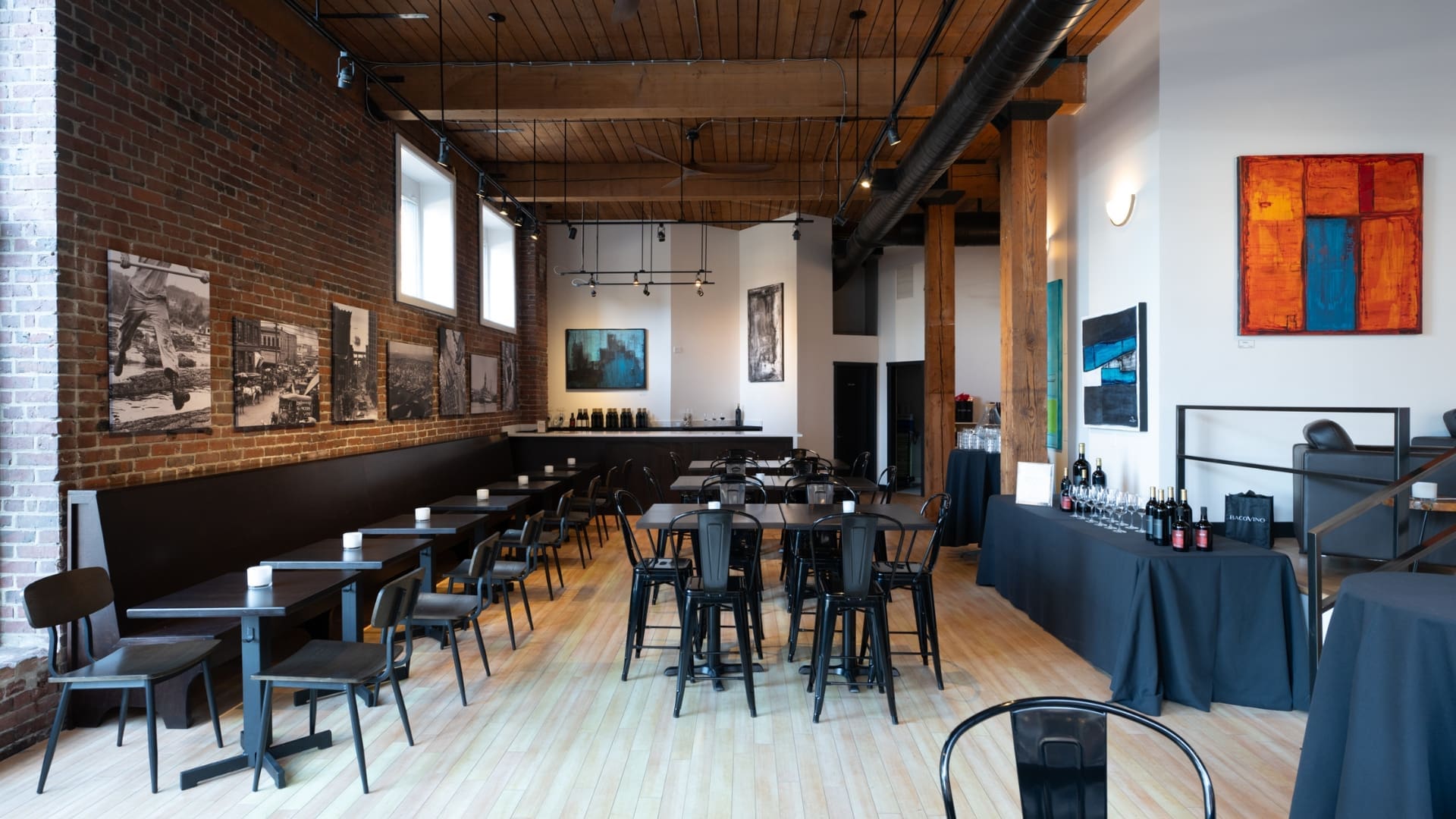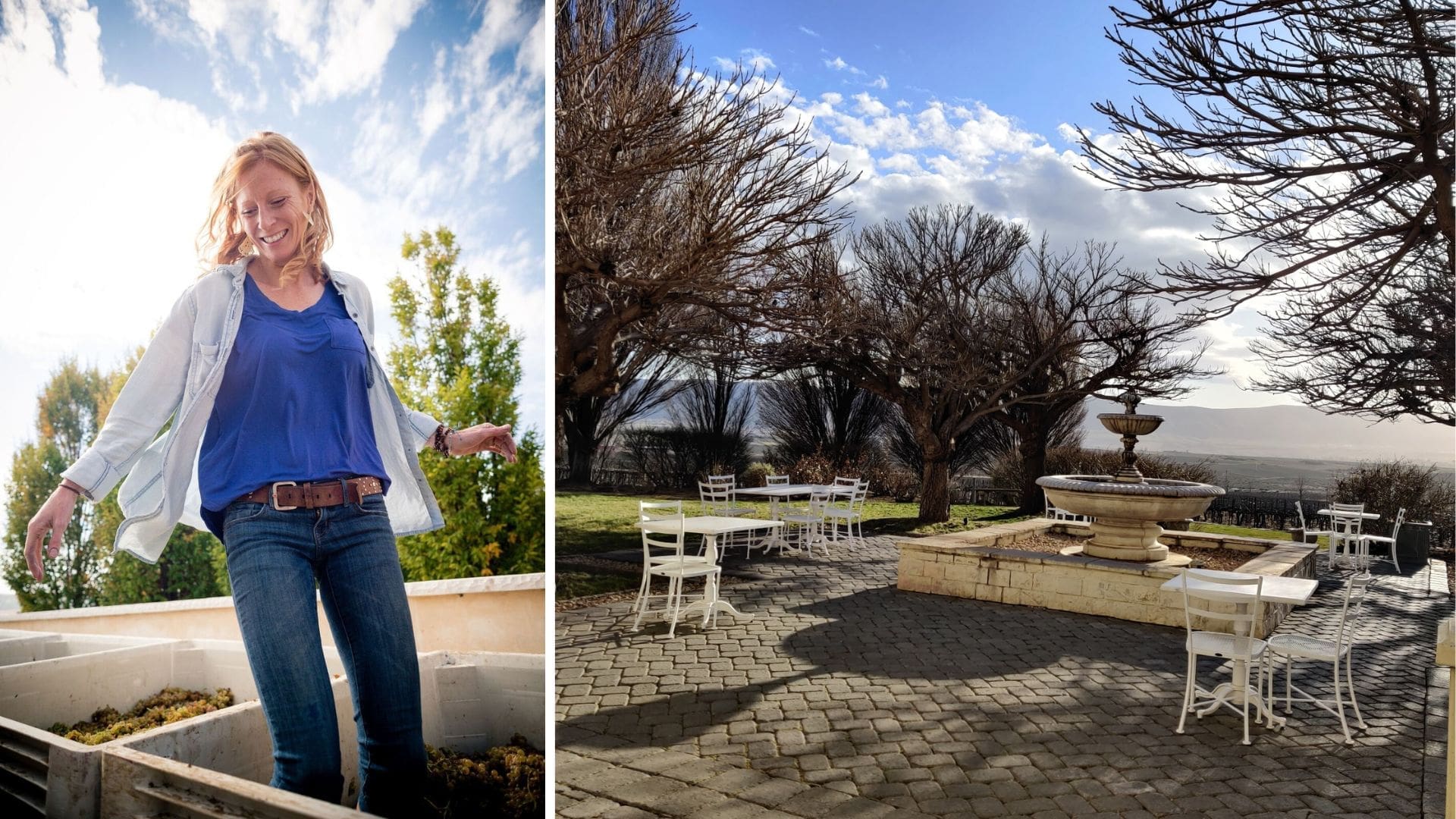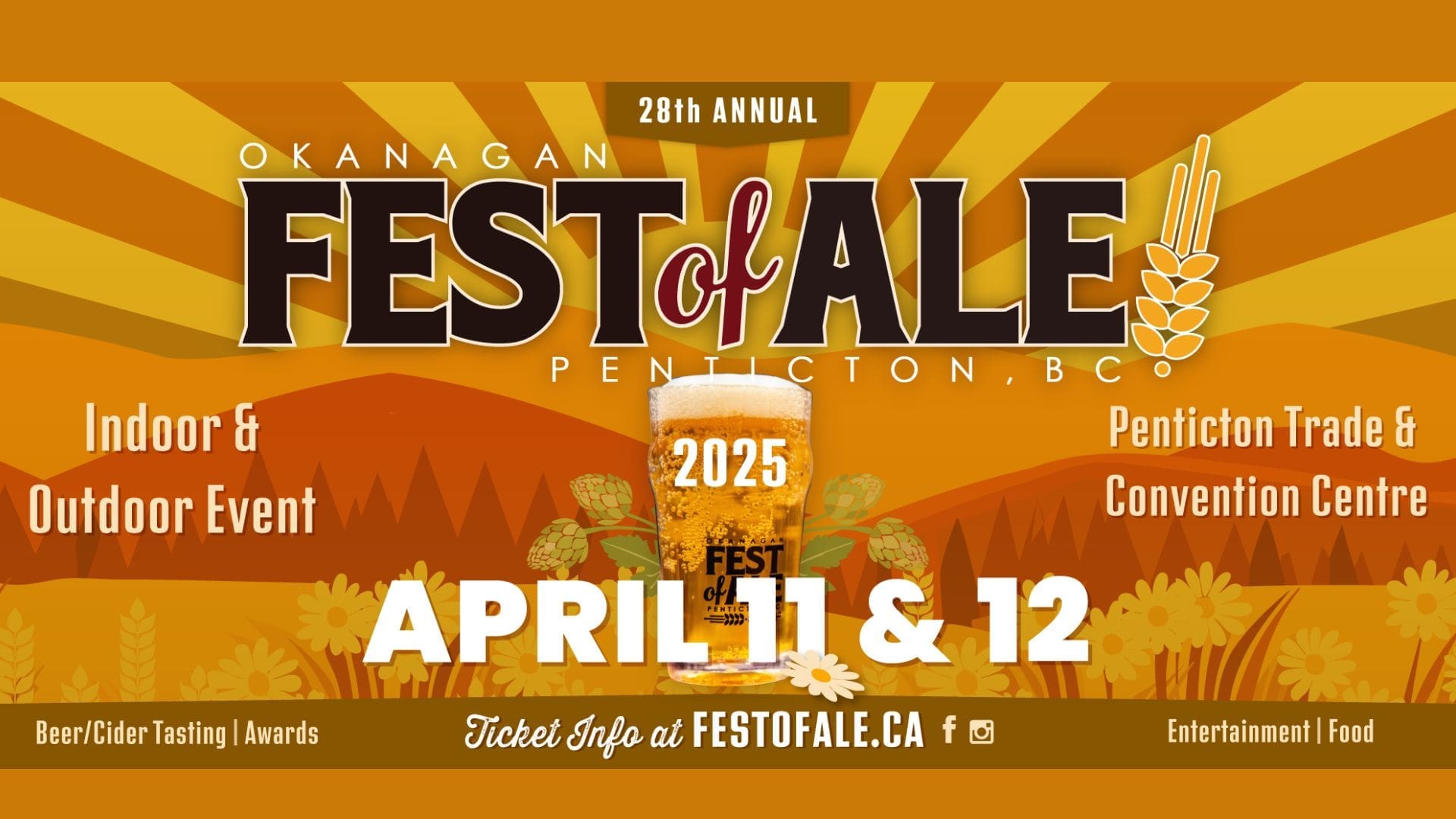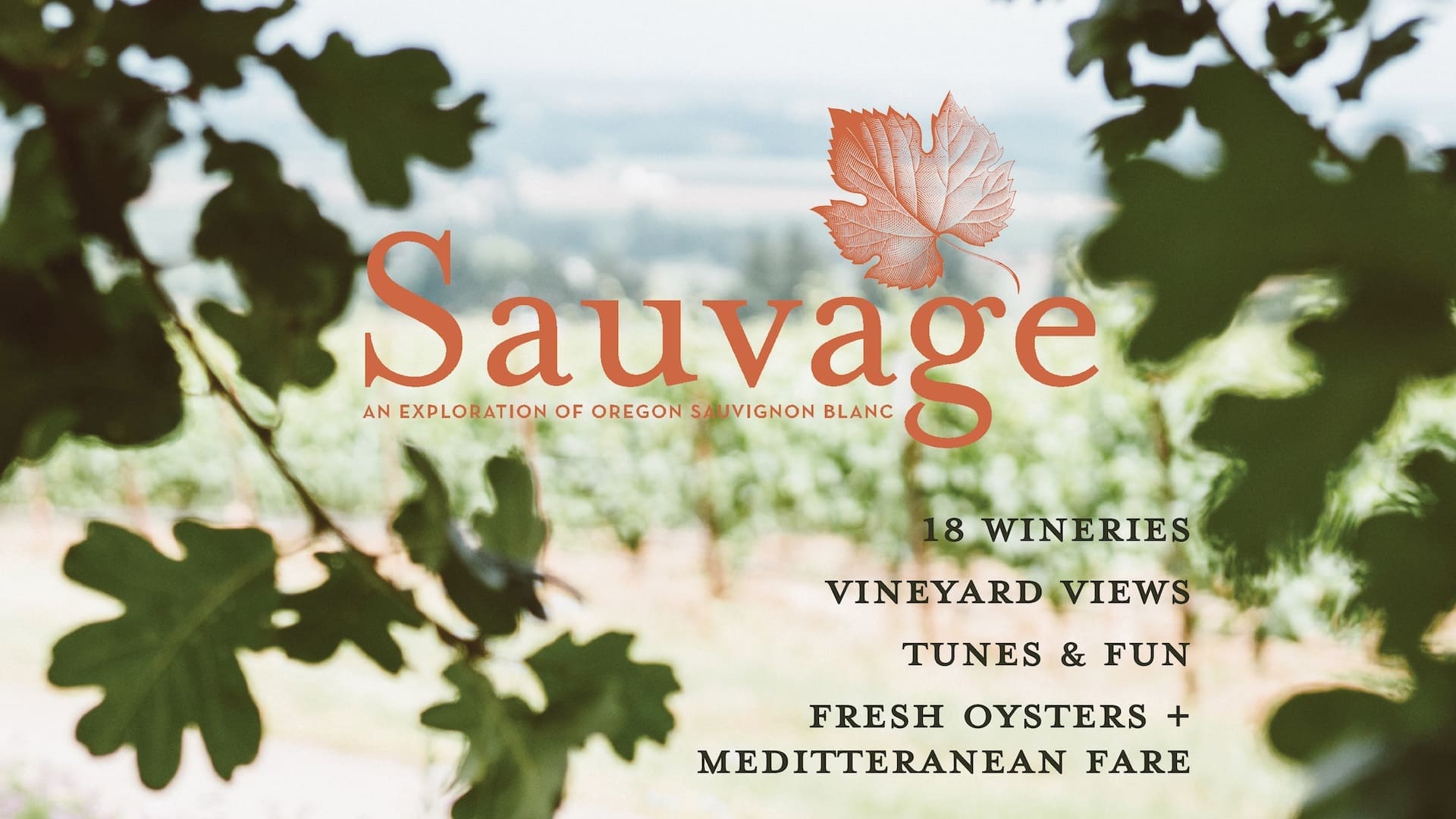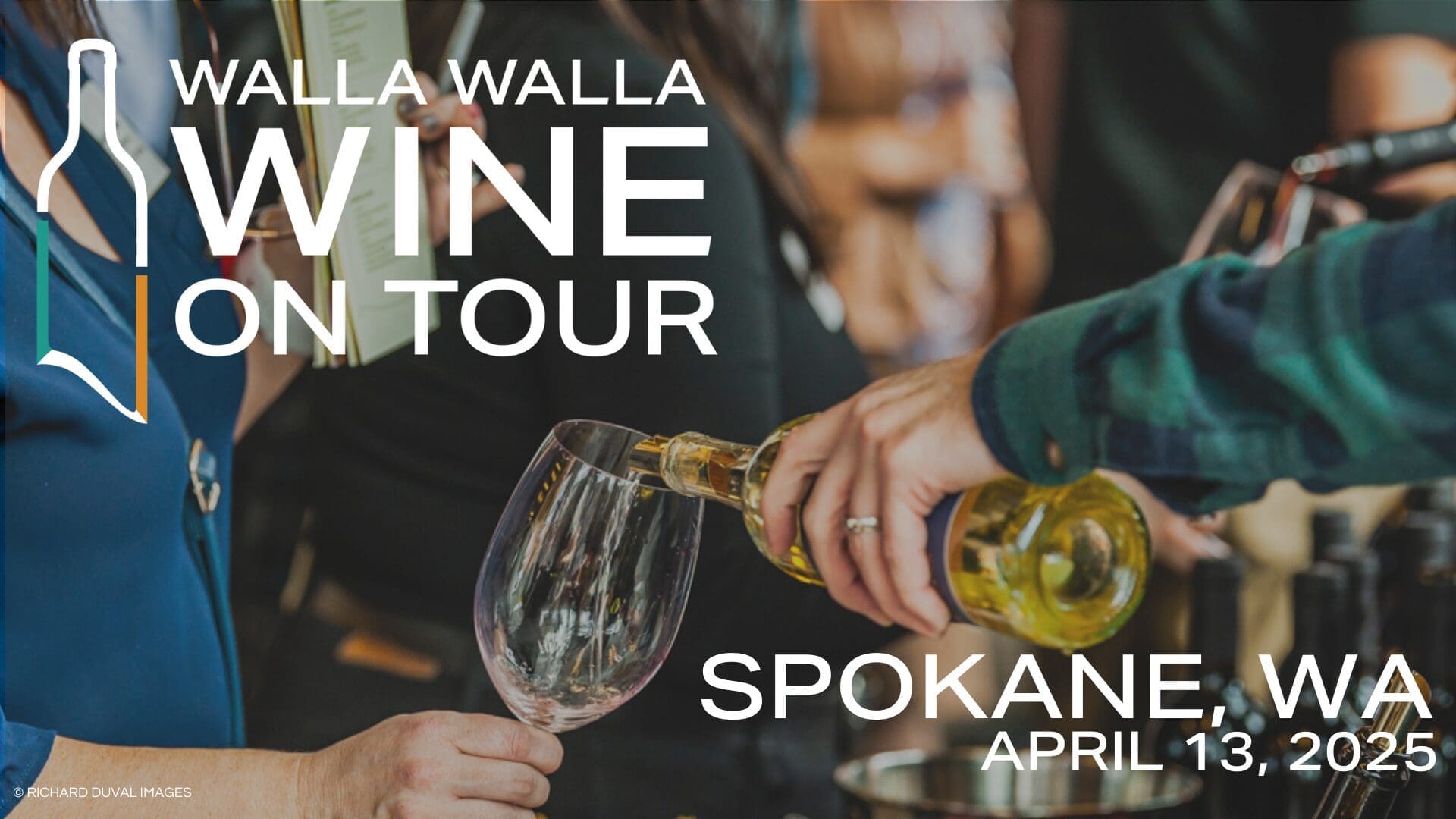When a heat wave sweeps through the Pacific Northwest, like the one that just passed, it presents a new set of challenges for wine lovers: how best can we continue to enjoy wine while not melting into little puddles of goo? While I typically extol the virtues of enjoying wine at the proper temperature, when the mercury reaches 85° F or so, I throw those rules out the window. Here’s how to tackle drinking in extreme (okay, extreme for us) heat.
First of all, ice is your friend. Yeah, sure, putting an ice cube or two in your glass of wine is normally something you’d never do, but desperate times call for desperate measures. One of my general recommendations for hot weather is to drink cheap and crisp, and frankly you can improve some of those wines with a bit of ice. I’ve also been known to top up my glass with soda water, because the white wine spritzer doesn’t deserve the scorn that’s been heaped upon it.
You can even go all-out and make your own wine ice/granita, it’s really quite simple. Just pour the wine into a fairly shallow dish and freeze it. After a few hours, you can use a fork to scrape out some frosty deliciousness, either into a wine glass or directly into your mouth if you’re like me.
Let’s say you’re a purist though, and you don’t want to adulterate your wine in any way. What then? Well, I’d say that there are a few qualities you should look for in your hot-weather wine, be it sparkling, white, or rosé.
Most importantly is that you shouldn’t be ruining it by chilling it down, which means I lean towards non-aromatic varietals, things like Pinot Gris or Chardonnay (so long as it’s not aggressively oaky). The colder the wine is, the less you’ll be able to smell, and if much of the enjoyment of the wine is in the nose, well, you can follow the logic.
However, if you generally dislike aromatic whites, you might find a really cold one more agreeable. Perhaps this could be your chance to enjoy a high-acid but undeniably fragrant wine like Riesling or Sauvignon Blanc. The same can be true with rosé: for some the best way to enjoy a rosé of Grenache or Cabernet Franc is when their more assertive smells are blocked off.
The last thing to think about is where your wine comes from. In hot weather, I want wines from cool climates which will have higher acidity, which in the Northwest means looking for wines from the Willamette Valley, Columbia Gorge, Ancient Lakes and much of British Columbia. That’s not a definitive list, but it’s a good starting point for the next time we swelter.


